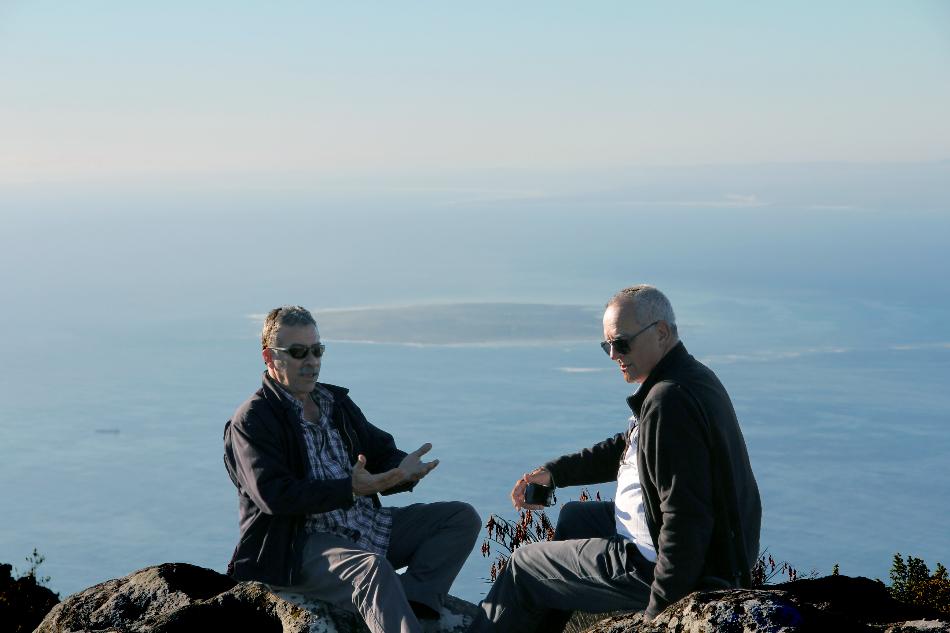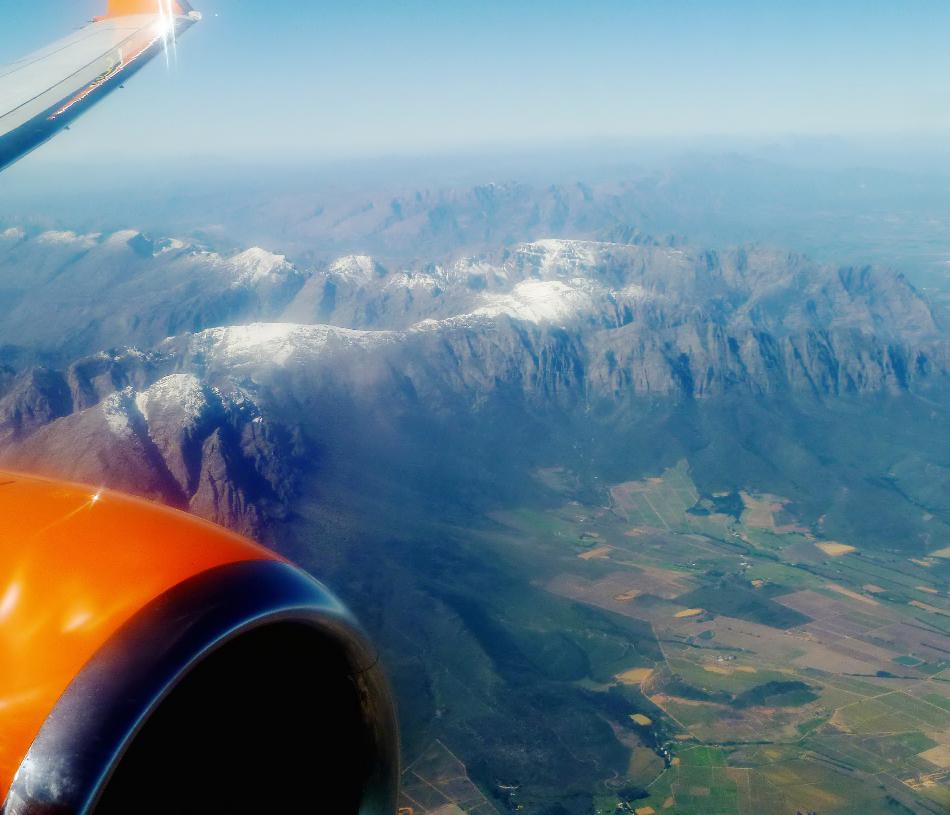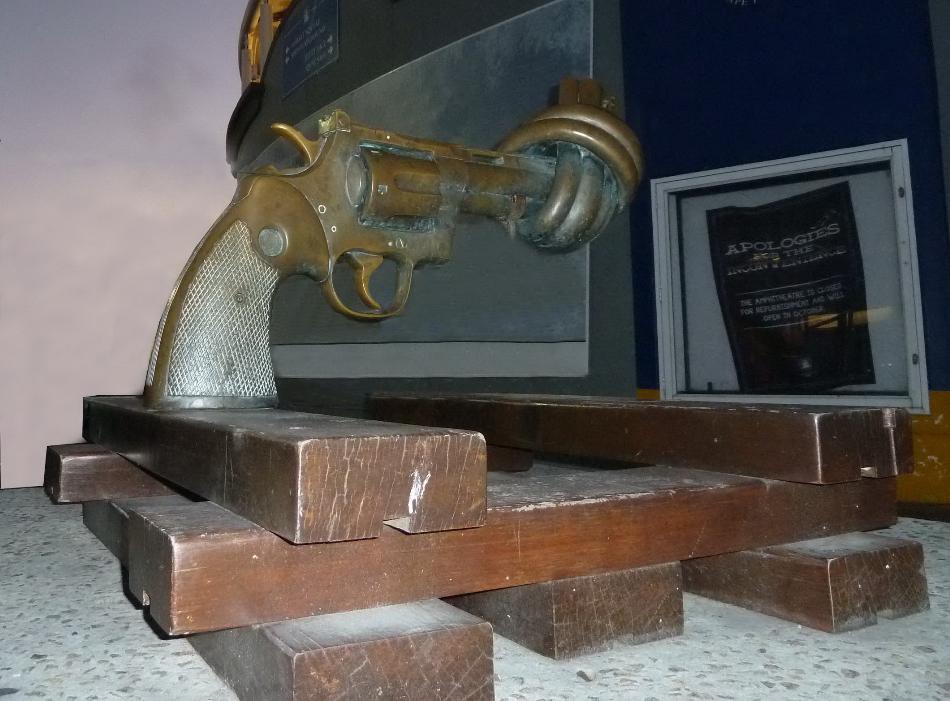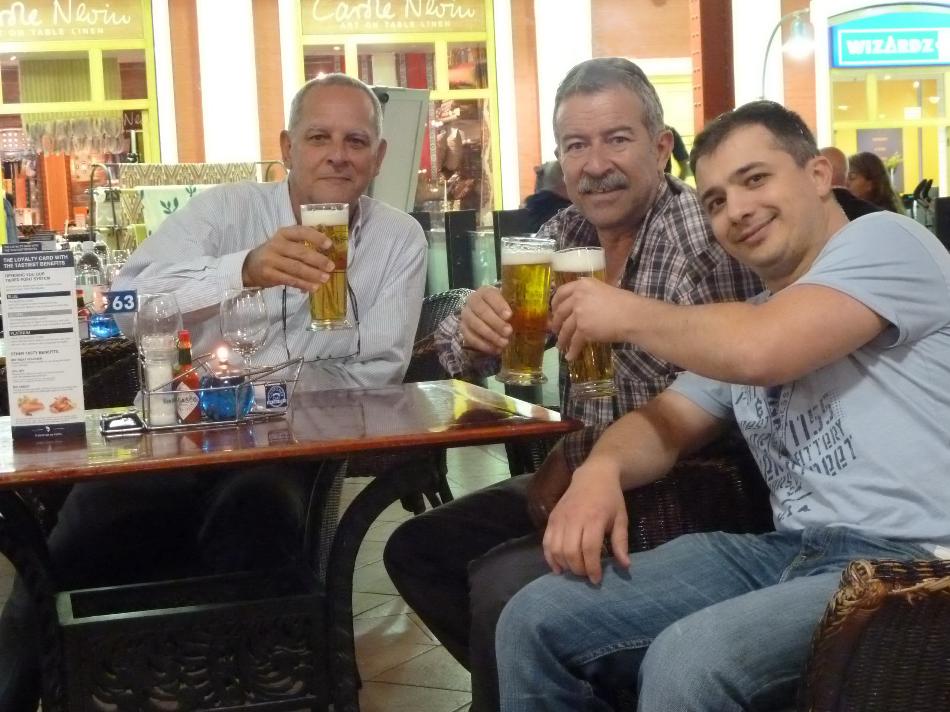

From the Harties I flew to Cape Town with Helder where we met Percy (Ju's son) that had already organised the dive at Kleinbaai. I spend 5 days in Cape Town including the day I drove to Kleinbaai for the dive.
Cape Town (Afrikaans: Kaapstad , Xhosa: Ikapa) ranks second among the most populous urban areas in South Africa, after Johannesburg. Located on the shore of Table Bay, the city is famous for its harbour, as well as for the well-known landmarks of Table Mountain and Lions Head.
While the Greek historian Herodotus recorded that Phoenicians sailors may have rounded the cape as earlier as 600 BC, the belief was that Africa was connected to another continent called Terra Australis Incognita and therefore could not be circumnavigated.
The Portuguese were the first to challenge this long held view when Bartolomeu Dias in 1486-88 crossed the then called Cape of Good Hope because it would allow the establishment of a maritime route to India.
As the trade with India grew, the Cape was considered half-way point of the trip and where water and fresh food could be obtained. In the late 16th century, Portuguese, French, Danish, Dutch and English ships regularly stopped over in Table Bay to re-supply.
Cape Town was first developed by the Dutch East India Company as a supply station for Dutch ships sailing to East Africa, India, and the Far East. Jan van Riebeeck established the first permanent European settlement in South Africa on 6 April 1652.
The earliest known inhabitants date between 12,000 and 15,000 years ago but little is known of the history of the region's first residents, since there is no written history. The first records come from the Portuguese explorer Bartolomeu Dias in 1486.
Vasco da Gama followed Bartolomeu Dias and recorded a sighting of the Cape of Good Hope in 1497. My recolection of the Portugueses history is that Bartolomeu Dias caled the cape the Storm Cape because of the bad weather and only later on was changed to Cape of Good Hope
Cape Town was home to many leaders of the anti-apartheid movement. On Robben Island, a former penitentiary island 10 kilometres from the city, many famous political prisoners were held for years. In one of the most famous moments marking the end of apartheid, Nelson Mandela made his first public speech since his imprisonment, from the balcony of Cape Town City Hall hours after being released on 11 February 1990.
The Nobel Square in the Victoria & Alfred Waterfront features statues of South Africa's four Nobel Peace Prize winners: Albert Luthuli, Desmond Tutu, F. W. de Klerk and Nelson Mandela.
Cape Town is located at latitude 33.55° S (approximately the same as Sydney and Buenos Aires and equivalent to Casablanca and Los Angeles in the northern hemisphere) and longitude 18.25° E.
Table Mountain, with its near vertical cliffs and flat-topped summit over 1,000 m high, and with Devil's Peak and Lions Head on either side, together form a dramatic mountainous backdrop enclosing the central area of Cape Town, also called City Bowl. A thin strip of cloud, known colloquially as the "tablecloth", sometimes forms on top of the mountain.
In the 4 days I stayed at Cape Town I visited Table Mountain, Lions Head and the normal tourist spots in the city, such as the Waterfront areas and the Nobel Square. Having visited Johannesburg and Pretoria in previous trips, Cape Town is our preferred city in South Africa for its urban organisation, cleanliness and friendly people.

Helder and I on the top of Table Mountain with Robben Island in the background

On the way to Cape Town

One of many reminders of the tumultuous past

Good times at the Waterfront